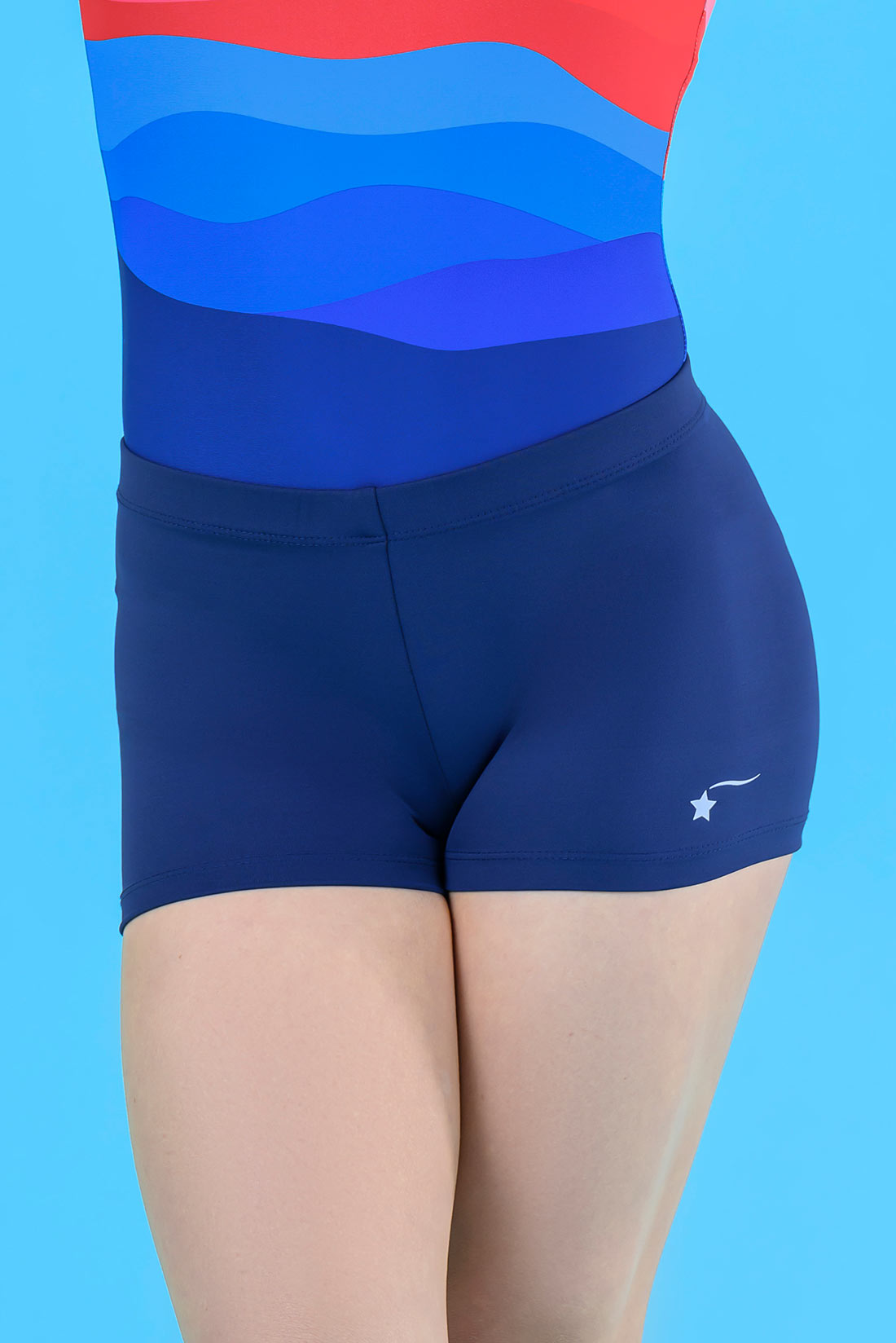Overcoming Mental Blocks: Tips & Tricks
 Getting you back to the sport you love with confidence!
Getting you back to the sport you love with confidence!
Note: this is not a medical professional’s opinion. It is derived from personal experience. We encourage you’re feedback on tools you have found useful in overcoming mental hurdles.
Afraid to go backwards? Frustrated with your skills? Stuck?
Mental blocks in gymnastics are very common. There is no other sport quite like gymnastics: one that asks you have 100% confidence in sprinting down a runway towards an inanimate object and then expecting you to flip over it. One that requires you to swing around the bars and hope your grip-strength and training have paid off, and that your spatial awareness is great enough that you can perform a double back off a bar and land feet first. This sport asks that you flip on a four-inch wide beam forward, backwards and sideways as if it were the ground. (Even that sounds crazy! How many non-gymnasts can even do a back flip on the floor?)
Performing these tricks are one of the most special things about being a gymnast. Gymnastics allows you to go airborne, to fly! But it’s hard, especially as the levels go up and the difficulty increases. Being afraid is OK! Mental blocks are OK! Feeling stuck is OK! Overcoming a mental block will make you stronger both mentally and physically.
We’ve comprised a list of tricks to help you when you’re feeling “stuck” in a mental block.
RECOGNIZE
Recognizing that you’re going through a mental block is the first step. It can take time to recognize that a mental block is what’s happening. The key is to not get frustrated with yourself.
COMMUNICATE
As soon as you and/or your coach recognize what’s happening talk about it. Come up with a plan to get yourself back on track. Don’t worry if you’re timeline for overcoming your mental block, or the path you take in overcoming it, is different from a teammates. Everyone needs something different.
WRITE DOWN YOUR PLAN
Gymnasts who have a plan or a goal, put it in writing, and review it daily, are proven to have a 1.2-1.4 higher success rate than those who don’t. Start a journal or use a notebook to write about your practices and anything that helped you through workout on any given day.
VISUALIZE
Sit down and close your eyes, imagine doing the skill you’re afraid of. Feel yourself moving through the motions. Keep your eyes closed while you do this. Visualization is a powerful tool. You can use it when you’re afraid, when you’re injured and when you’re feeling great to recreate the feeling of moving through a skill.
USE "WORDS"
Come up with a phrase, a mantra. Use these words to match your brain to what your body is doing and to prepare it for each skill. Your words should be confident, calm. No negative adjectives! This is meant to make you feel confident and trusting in what you’re about to do.
MEDITATE
Meditation is one of the oldest tools of the trade. It’s shown to reduce stress, lower anxiety, relax you and produce feelings of well-being and clarity. Meditation is best used long-term to practice mindfulness and be comfortable with focusing on one skill.
Best of luck in overcoming any mental blocks that may occur. We hope you find these tools useful and look forward to hearing from all of you about what you do to overcome mental blocks.
We’ve included links to a few other sources regarding visualization techniques.










































































































































































